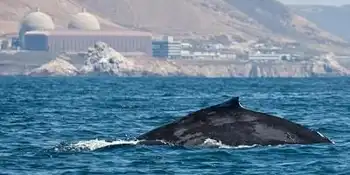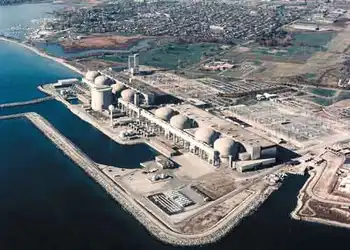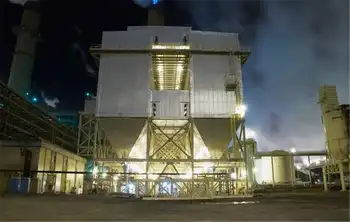GEÂ’s turbine technology selected for plant expansion
SHANGHAI, CHINA - GE EnergyÂ’s fuel-flexible turbine technology has been selected for the expansion of the worldÂ’s largest COREX combined-cycle power plant at the Baoshan Iron & Steel Company complex in Baoshan District, Shanghai, China. Fuel flexibility enables Baosteel to take advantage of a wider range of fuels helping to reduce overall energy costs.
The Baosteel facility is the largest iron and steel production complex in China and exports to more than 40 countries worldwide. The power plant expansion project is designed to increase steel and iron production and also help reduce BaosteelÂ’s operational costs and site emissions.
Under a $150 million contract, GE will supply a Frame 9E gas turbine, a SC5 steam turbine, a fuel gas compressor, generators and additional equipment for the project. GE previously provided similar equipment for the original power plant that was recently constructed at the site.
In addition to the traditional use of natural gas, GEÂ’s fuel-flexible gas turbines will enable the Baosteel power plant to utilize waste gas created during the steel production process. And, the project offers environmental benefits since less waste gas will be available to escape into the atmosphere.
Fuel flexibility is a hallmark of the GE Frame 9E gas turbine, which has the capability to switch from one fuel to another while running under load. The machine can accommodate a range of fuels such as natural gas, light and heavy distillate oil, naphtha, crude oil, residual oil, steel mill gases including COREX and syngases. More than 400 Frame 9E gas turbines have been selected for power generation and industrial projects worldwide.
The project features the integration of world-leading iron technology using a COREX furnace instead of the traditional blast furnace. The COREX process burns uncoked coal, eliminating the need for a coking plant—one of the primary sources of an iron or steel production plant’s emissions.
The gas produced by the COREX process will be used as the primary fuel for the 169-megawatt combined-cycle plant, which will provide electricity to the steel mill and to the local power grid. Backup fuel will be distillated oil.
“Integrating GE’s gas turbine combined-cycle system into the COREX process improves energy conservation by approximately 10 percent. The project will help Baosteel address China’s growing environmental concerns while also saving on energy costs,” said Jack Wen, GE Energy’s region executive for China. “The Baosteel projects mark the first applications of our gas turbine technology for a COREX steel mill in the country, underscoring the value that world-class technology plays in meeting China’s power and environmental needs.”
Shipments of the GE gas and steam turbines to the site are scheduled for September and November of 2009, respectively. Commercial startup of the plant expansion is scheduled for January 2010.
GE Energy has been active in China for more than 90 years and has provided the country with nearly 60 steam turbines and more than 160 gas turbines. GE is a leading supplier of gas turbines for ChinaÂ’s Gas Turbine Power Plants Construction Project, a centerpiece in the nationÂ’s efforts to meet its growing power requirements.
In addition, GE has been providing engineering and service solutions to help Chinese customers improve the reliability and availability of their energy production and transmission assets. GEÂ’s China Technology Center in Shanghai is one of the companyÂ’s four global research centers.
Related News

Magnitude 5 quake strikes near Iran nuclear plant
DUBAI - A magnitude 5 earthquake struck southern Iran early Friday near the Islamic Republic's only nuclear power plant. There were no immediate reports of damage or injuries.
The quake hit Iran's Bushehr province at 5:23 a.m., according to the U.S. Geological Survey. It put the magnitude at 5.1 and the depth of the earthquake at 38 kilometres (24 miles).
Iranian state media did not immediately report on the quake. However, the Bushehr nuclear power plant was designed to withstand much stronger earthquakes.
A magnitude 5 earthquake can cause considerable damage.
Iran sits on major fault lines and is prone to near-daily earthquakes. In…




